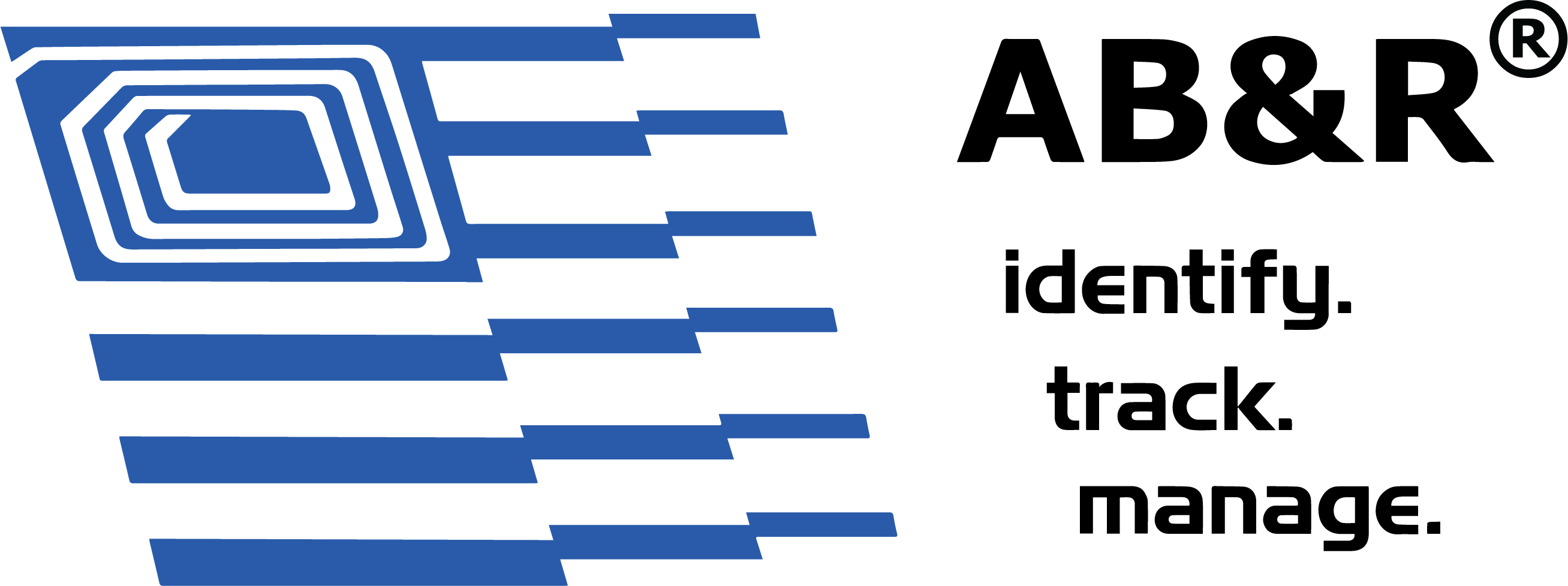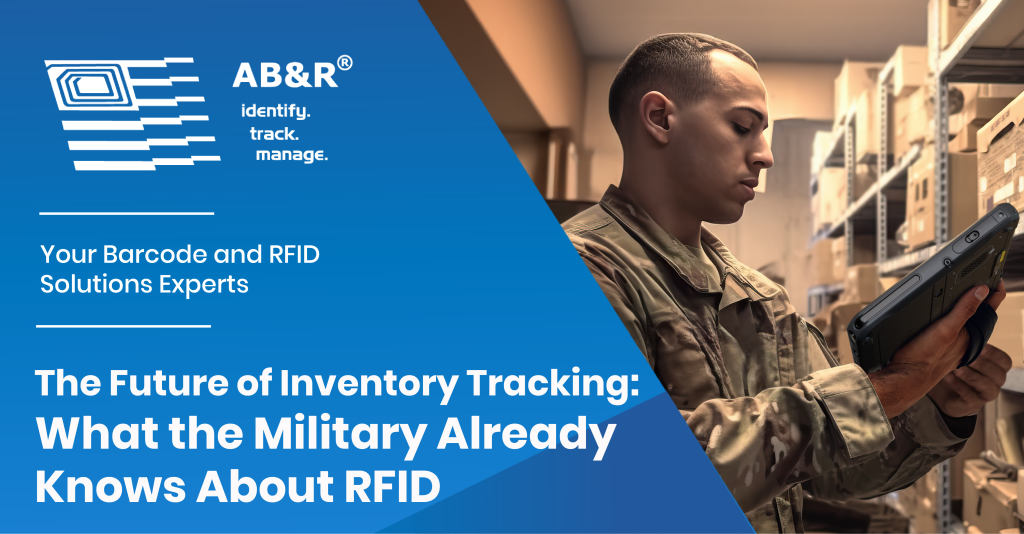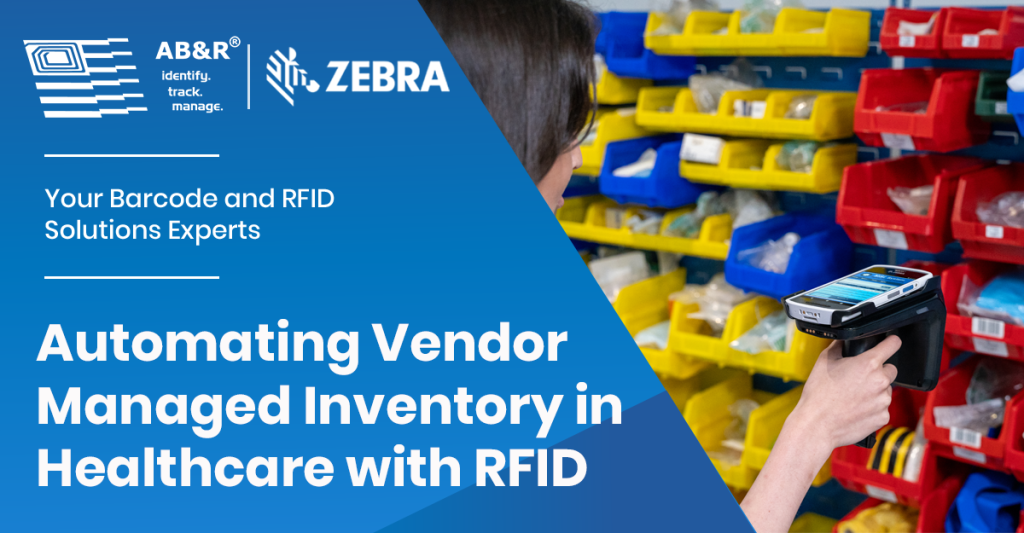RFID technology is becoming increasingly essential for manufacturers, offering new ways to track assets, reduce losses, and improve efficiency. RFID asset tracking is just one example of how companies can leverage this technology to stay competitive.
There are two main types of RFID tags — active and passive. Understanding the difference between them is key to choosing the right solution for your facility.
Active vs. Passive RFID Tags: The Basics
When implementing RFID, it’s important to understand the two main types of tags and how they function in different environments.
-
Passive RFID tags send out a signal only when prompted by an RFID reader (antenna). They don’t require a battery, making them smaller and more cost-effective, but they have a shorter read range.
-
Active RFID tags continuously broadcast a signal, allowing antennas to detect them in real time. They require a built-in power source, which increases cost and size, but also provides a much greater read range.
Each tag type plays a specific role in manufacturing environments, depending on the assets and processes being tracked.
When to Use Active RFID Tags
In a manufacturing plant, machines and parts are constantly moving — from station to station, into repair, and sometimes misplaced entirely. Because these items are expensive and critical to operations, knowing their exact location is vital.
Active RFID tags, combined with strategically placed antennas throughout the facility, provide real-time location data for this equipment. Passive tags aren’t ideal in this case because their weaker signal can’t be detected as reliably in dynamic, high-interference environments, and they may be more easily damaged by moving parts.
When to Use Passive RFID Tags
Yard Management
Large manufacturers and distributors often face challenges keeping track of trucks and trailers in their yards. A passive RFID system provides near real-time visibility of each vehicle’s location and contents, helping guide incoming traffic efficiently.
Passive tags are attached to trucks and scanned by RFID antennas on yard vehicles (sometimes called “Goats” or “Jockeys”), which speeds up gate processing and allows managers to locate specific vehicles instantly.
In other industries, similar principles apply: any business managing high-value or mobile assets—like rental equipment, shipping containers, or service vehicles—can use RFID to track location and status automatically, reducing lost items and improving workflow.
Product Assembly
Passive RFID tags are ideal for tracking “in-progress” items on a production line. By placing antennas at key checkpoints, managers can monitor where items are dropping off, quickly identify recurring issues, and reduce manual tracking. Active tags would be unnecessarily expensive for these high-volume, short-range tracking needs.
In other sectors, RFID can track the progress of any workflow or asset movement—like patient equipment in healthcare, tools in construction, or documents in a records facility—helping managers spot bottlenecks and improve efficiency without manual checks.
The Bottom Line
Manufacturing facilities have countless moving parts, from heavy machinery to trailers and assembly line products. Active and passive RFID tags provide efficient ways to track and manage these assets.
The era of manual tracking is ending, and RFID is opening new possibilities for visibility, accuracy, and operational efficiency.
Find the Right RFID Solution for Your Business
Whether you need passive or active tags, the right choice depends on your environment, range requirements, and the type of data you need. Contact the RFID experts at AB&R® (American Barcode and RFID) for a tailored assessment and a solution built for your operations.






